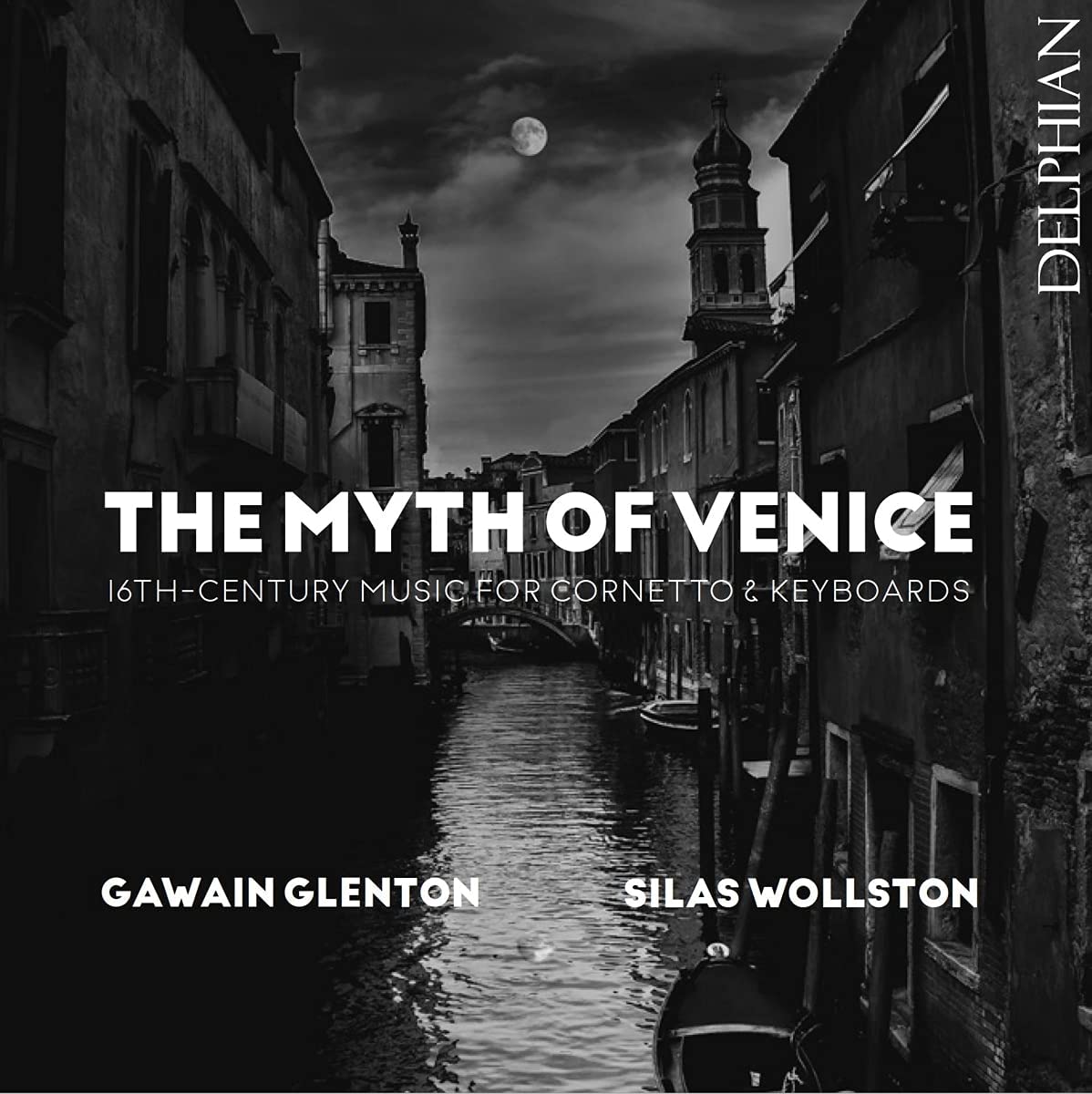16th-century music for cornetto & keyboards
Gawain Glenton, Silas Wollston
61:50
Delphian DCD34261
Click HERE to but this recording on amazon.co.uk
[earlymusicreview.com is free to access. These sponsored links are our only means of income (and even then barely bring in £20/year; without readers using them, the site may cease to exist]
The opening two pieces of this disc announce one of the primary tensions between musical schools of this era. The foremost theorists at the time were typically the organists, drawn to music’s formalities, whereas the soloists were wont to indulge their flights of fancy, with more attention to drama and personality. Andrea Gabrieli, one of the first organists at St Mark’s, provides the introduction: his formally structured ricercar, whose second voice, here on cornett, enters en point, continuing to pirouette lightly, using all the stage space available. Meanwhile, the formal organ continues to provide a tactus to set your watch to, in and out of the changes in mensuration. After this little delight, we turn to the founding father of the Venetian tradition, Adrian Willaert, whose beautiful arrangement of the chanson Jouissance de donneray, has to fight its way out of a briar of notes provided by Dalla Casa, perhaps the most self-indulgent of all cornettists at the time. These lines delineated, we proceed to an exploration of what lies between. We enjoy Glenton’s diminutions on Willaert’s A la Fontaine, using Ganassi’s thesis La fontegara, which add his sense of asymmetry, and hence freedom beyond his contemporaries. The effects of timbres are explored imaginatively. Between the dense and gently tremulous metal trebles of organ pipework, steals a mute cornett in Parabosco’s ricercar – offering a discreet and steady hand – da Pace. Diruta’s ricercar has a beautiful simplicity and grace, provided by a broad-sounding mute cornett and organo di legno. The organ playing throughout is marvellously seamless, with the most sparing and judicious lingerings and details of articulation that make the extended toccatas particularly engaging. The disc finishes with a selection of pieces instrumentally conceived from the off, and so into which the divisions slot comfortably – including a couple of premieres by Gorzanis. I am now looking forward to more discs from these players.
Stephen Cassidy
